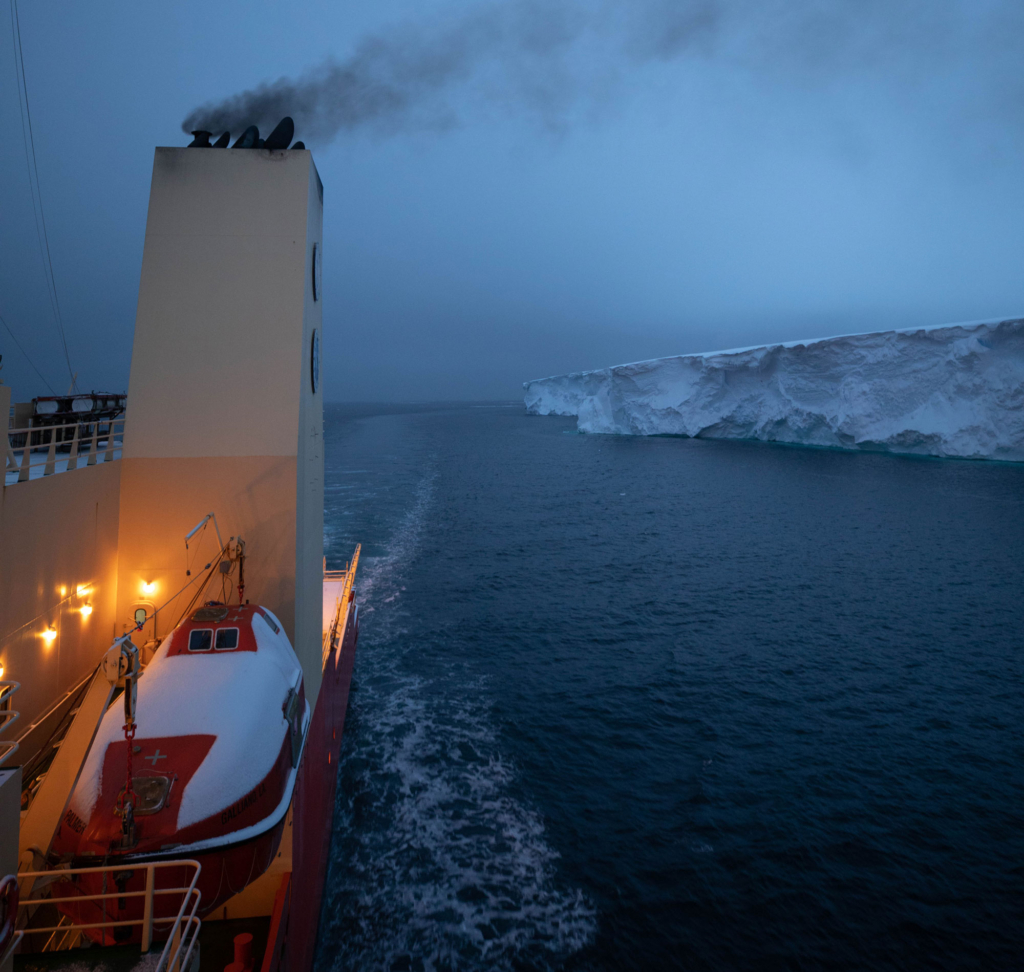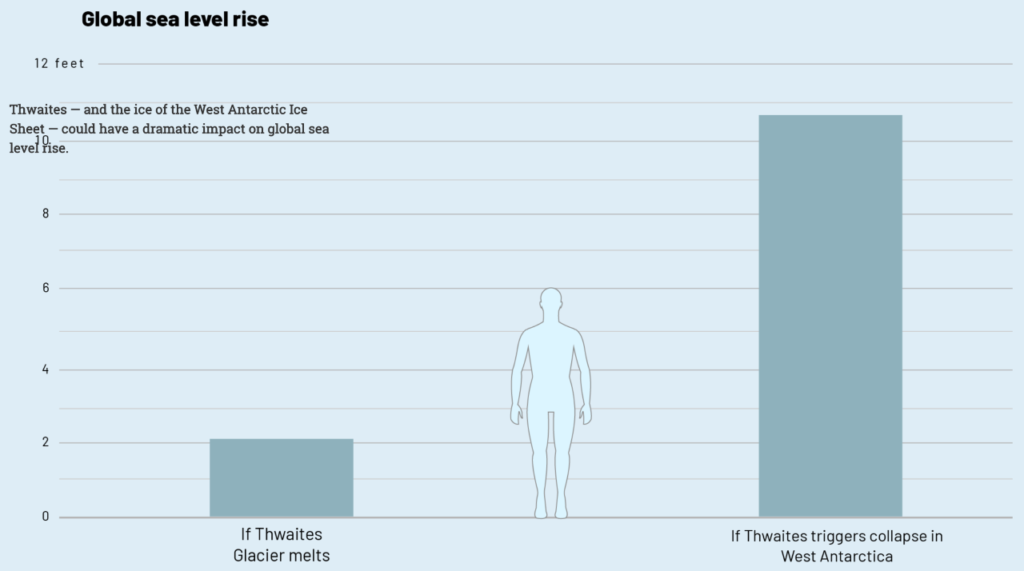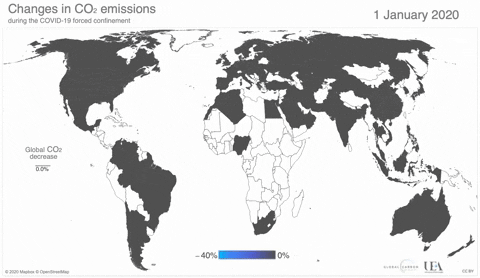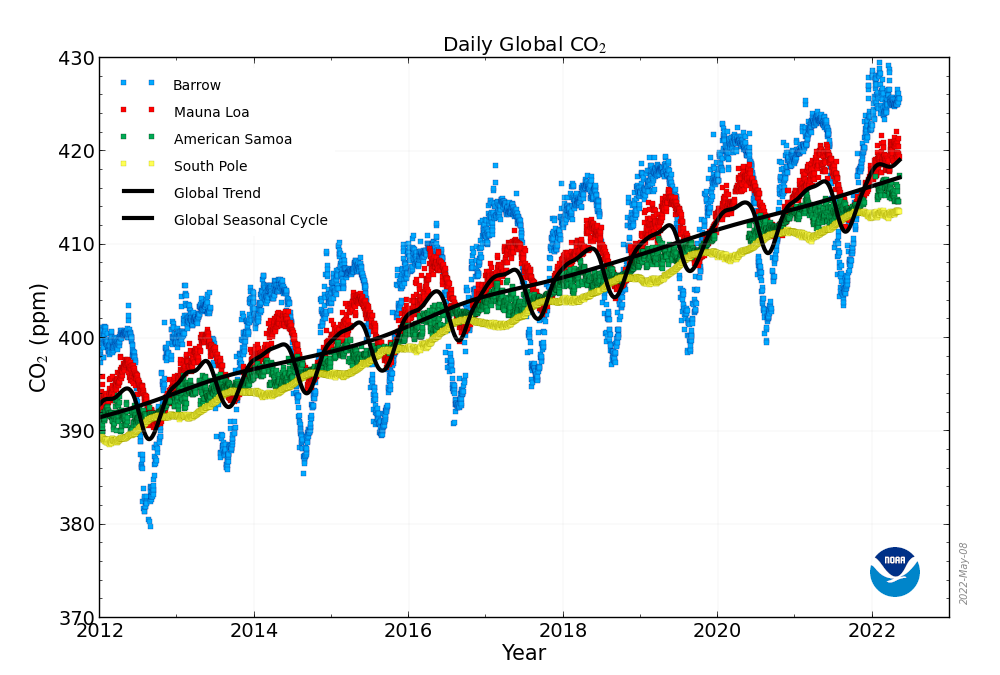Scientists race against time to find out if Antarctica’s Thwaites Glacier is doomed – “This is where rapid change is really happening, and we’re actually standing and looking at the bit that’s rapidly changing”

By Carolyn Beeler
13 May 2019
(PRI) – Peter Sheehan, an oceanographer on the Nathaniel B. Palmer, was one of the first people on Earth to get this view of Thwaites Glacier — the part that juts out to sea.
He’s pored over plenty of Google images of ice shelves, but there’s nothing like the real thing.
“It looks kind of mystical,” Sheehan whispered as he gazed out from the ship’s bridge before dawn on a quiet, late February morning. “It’s like standing in a cathedral; you feel that hush of reverence.”
The craggy face of Thwaites loomed a few hundred feet away, but seemed almost close enough to touch, or at least within shouting distance. Thwaites was nearly seven stories high here, at its eastern edge, and the bluish cliff glowed against the grayscale sky. It was snowing, and foggy, and the glacier appeared like something out of this world.

The expedition to Thwaites is part of the race to discover how fast the massive glacier is melting and what that will mean for global sea level rise over the next century. […]
“It’s fantastic, this is a critical boundary in the world today,” said Rob Larter, the ship’s chief scientist, upon their arrival at Thwaites. “This is where rapid change is really happening, and we’re actually standing and looking at the bit that’s rapidly changing.” [more]
Is Thwaites Glacier doomed? Scientists race against time to find out.


